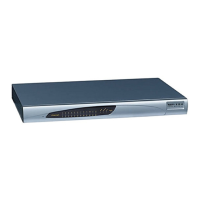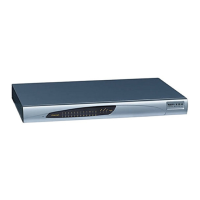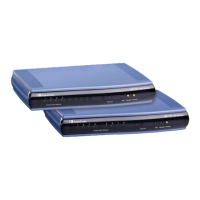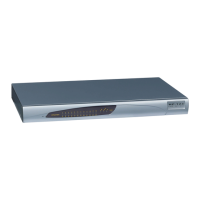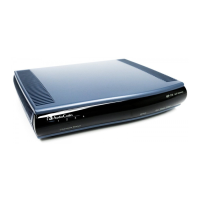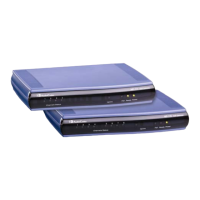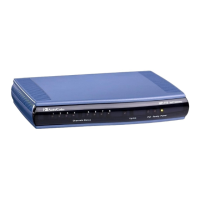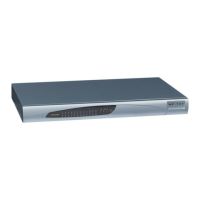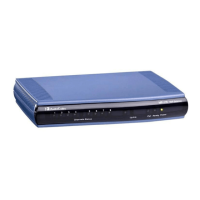Version 5.8 445 September 2009
SIP User's Manual 9. IP Telephony Capabilities
9.21.1 Dialing from Remote Extension (Phone at FXS)
The procedure below describes how to dial from the 'remote PBX extension' (i.e., phone
connected to the FXS device).
¾ To make a call from the FXS device:
1. Off-hook the phone and wait for the dial tone from the PBX. This is as if the phone is
connected directly to the PBX. The FXS and FXO devices establish a voice path
connection from the phone to the PBX immediately after the phone is off-hooked.
2. Dial the destination number (e.g., phone number 201). The DTMF digits are sent over
IP directly to the PBX. All the audible tones are generated from the PBX (such as
ringback, busy, or fast busy tones). One-to-one mapping occurs between the FXS
ports and PBX lines.
3. The call disconnects when the phone connected to the FXS goes on-hook.
9.21.2 Dialing from PBX Line or PSTN
The procedure below describes how to dial from a PBX line (i.e., from a telephone directly
connected to the PBX) or from the PSTN to the 'remote PBX extension' (i.e., telephone
connected to the FXS device).
¾ To dial from a telephone directly connected to the PBX or from the PSTN,
take this step:
Dial the PBX subscriber number (e.g., phone number 101) in the same way as if the
user’s phone was connected directly to the PBX. As soon as the PBX rings the FXO
device, the ring signal is ‘sent’ to the phone connected to the FXS device. Once the
phone connected to the FXS device is off-hooked, the FXO device seizes the PBX line
and the voice path is established between the phone and PBX.
There is one-to-one mapping between PBX lines and FXS device ports. Each PBX line
is routed to the same phone (connected to the FXS device). The call disconnects when
the phone connected to the FXS device is on-hooked.
9.21.3 Message Waiting Indication for Remote Extensions
The device supports the relaying of Message Waiting Indications (MWI) for remote
extensions (and voice mail applications). Instead of subscribing to an MWI server to receive
notifications of pending messages, the FXO device receives subscriptions from the remote
FXS device and notifies the appropriate extension when messages (and the number of
messages) are pending.
The FXO device detects an MWI message from the Tel (PBX) side using any one of the
following methods:
100 VDC (sent by the PBX to activate the phone's lamp)
Stutter dial tone from the PBX
MWI display signal (according to the parameter CallerIDType)
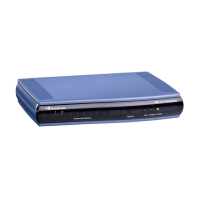
